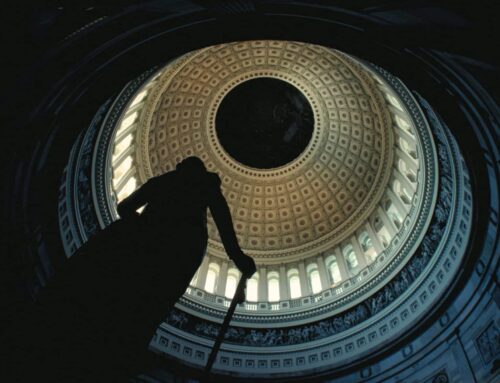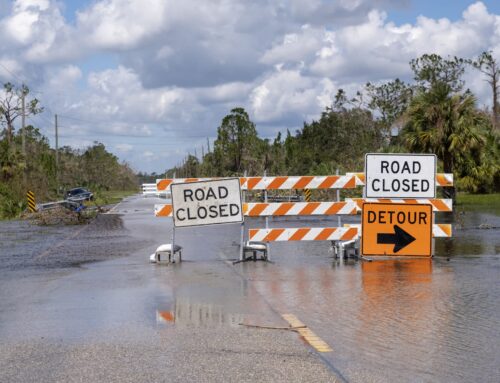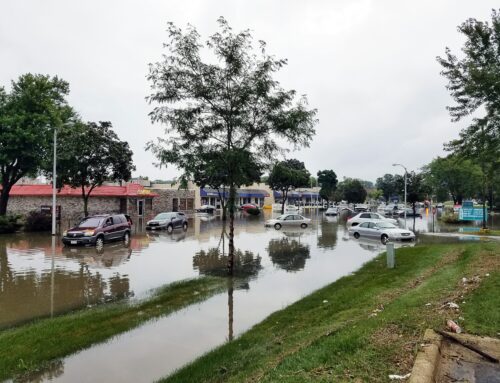Tropical Storm Imelda, a system initially so weak that it barely earned a name, pulled no punches when it tore across Southeast Texas in August. The storm filled many residents not only with fear and dread, but also with an eerie sense of déjà vu. Before another storm wreaks havoc and destroys property, federal lawmakers must work across the aisle to reauthorize the National Flood Insurance Program.
These residents suffered through the devastation of Hurricane Harvey just two years earlier. Imelda proved that even a small storm can take a deadly turn with something as seemingly innocuous as a change in wind direction or speed — and that the National Flood Insurance Program (NFIP) is ill-prepared to confront this harsh reality.
Congress has had many opportunities over the years to improve the NFIP, which currently covers more than 5 million properties. Instead, lawmakers have consistently settled for short-term extensions, using a Band-Aid to try to cover up the problem without addressing the issue. Interestingly, lawmakers on both sides of the aisle admit that the NFIP needs reform, so what is holding Congress back?
The NFIP has borrowed nearly $40 billion from U.S. taxpayers to pay out claims. This is unsustainable, and Congress must act to reduce vulnerabilities and limit damage while also protecting the taxpayers who have bailed out this program time and time again. If Congress approaches these reforms correctly, the NFIP could update mapping, ensure mitigation and give Americans greater access to insurance protection.
Scientific American recently noted that NFIP assesses risk based on “outdated science” and that the program is ill-suited for dealing with flood risks in the long run of more than 50 years from now. We must improve our risk assessment techniques and better align rates with those risks. For too long, NFIP has masked risk through inadequate rates that do not reflect the actual risk of a home or community.
In addition, the federal program does not have an up-to-date flood mapping system. The result? People across the country are left without flood insurance to safeguard their homes from natural disasters. While updated mapping might seem simple to some, this technology assists homeowners, renters and homebuyers to prepare for risks. Old maps may not be detailed enough or may not represent changes in terrain, leaving properties and expanding communities off of those maps.
Congress must also implement transparency measures to ensure that all potential homeowners are aware of a property’s flood risks before they make a purchase. Increased transparency includes the property’s flood history, which is not currently disclosed in all states. It was only in September that Texas began requiring mandatory flood-risk disclosures during the home-buying process. FEMA must make more data available to the public on flood losses, repeatedly flooded homes and compliance with the NFIP. Transparency is key to ensure mitigation plans are effective because if communities, homeowners and policymakers to do not have access to up to date data, they cannot plan for future flooding.
It is clear that the federal program no longer works in its current form for today’s flood risks, and major reforms — not tweaks — are desperately needed. This national program must be changed to meet the needs of communities across the country that are now experiencing devastating floods from weather events ranging from increased rainfall and tropical storms to hurricanes. Taxpayers can no longer afford to bear the costs of the program’s failures. Long-term reforms will help to protect those in Texas and across the country, but it’s time for Congress to act before the next storm strikes.











Get Social